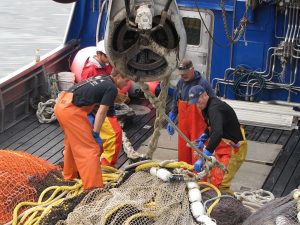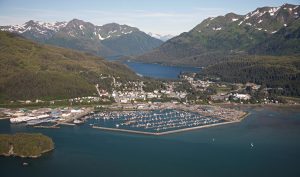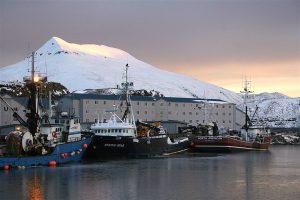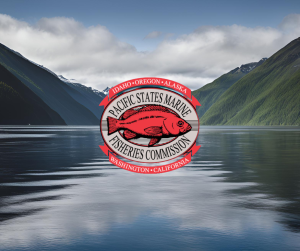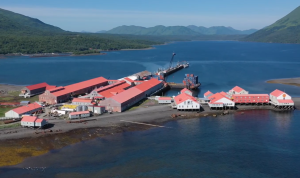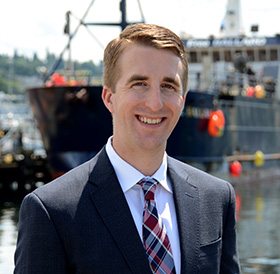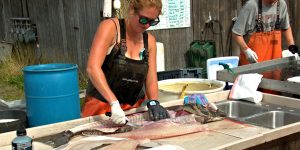 Stacey and Jacobsen, PLLC, one of the nation’s leading maritime personal injury plaintiff firms, is proud to announce the opening of a second office in Anchorage, Alaska. This expansion strengthens the firm’s ability to provide legal services to maritime workers and their families across the Pacific Northwest and Alaska, two of the most vital regions for the fishing and maritime industries. Stacey & Jacobsen has a storied history in Alaska, including trials, mediations, vessel inspections, hearings, and depositions. This new office reinforces the firm’s commitment to aggressively and effectively protect and pursue our clients’ rights and will build upon the firm’s reputation.
Stacey and Jacobsen, PLLC, one of the nation’s leading maritime personal injury plaintiff firms, is proud to announce the opening of a second office in Anchorage, Alaska. This expansion strengthens the firm’s ability to provide legal services to maritime workers and their families across the Pacific Northwest and Alaska, two of the most vital regions for the fishing and maritime industries. Stacey & Jacobsen has a storied history in Alaska, including trials, mediations, vessel inspections, hearings, and depositions. This new office reinforces the firm’s commitment to aggressively and effectively protect and pursue our clients’ rights and will build upon the firm’s reputation.
The Seattle office located at Fishermen’s Terminal, is just minutes from the Port of Seattle, and positions the firm at the heart of one of the nation’s most active maritime hubs. In Anchorage, the new office in Midtown Anchorage places the firm in close proximity to Alaska’s thriving fishing and maritime communities and the Alaska state and federal courthouses, reinforcing their commitment to serve injured seamen, commercial fishermen, and other maritime workers who often face dangerous working conditions. The new office offers a dynamic environment to assist the firm’s next chapter in Alaska.
Both offices are equipped to manage cases related to maritime law, Jones Act claims, and wrongful death cases. Stacey and Jacobsen, PLLC has long been known for its comprehensive understanding of maritime law and dedication to securing compensation for injured workers.
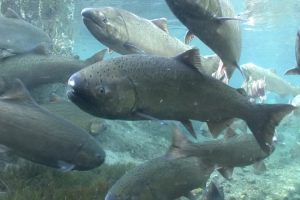 The Alaska Department of Fish and Game (ADF&G) has released its 2025 salmon run forecast for the Prince William Sound (PWS) and Copper River regions. The projections provide key insights into Chinook, sockeye, pink, and chum salmon returns, which will influence early-season management strategies.
The Alaska Department of Fish and Game (ADF&G) has released its 2025 salmon run forecast for the Prince William Sound (PWS) and Copper River regions. The projections provide key insights into Chinook, sockeye, pink, and chum salmon returns, which will influence early-season management strategies. Maritime Injury Law Blog
Maritime Injury Law Blog


